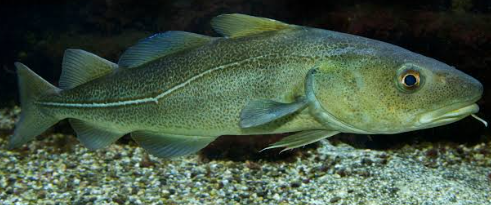The Cod Fish of Alaska

In the Arctic waters of Alaska, the Arctic cod (Boreogadus saida) is a pivotal species, serving as essential prey for seabirds, fish, and marine mammals, many of which hold significance for Inuit communities. The Arctic is undergoing dramatic environmental changes due to climate change, potentially impacting the distribution, spawning time, and habitats of fishes like the Arctic cod.